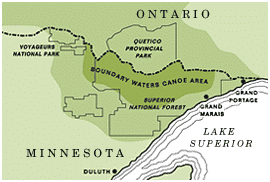“Uh, Jer,” I called out to my husband, who was processing firewood for our first night’s dinner during a 10-day Boundary Waters Canoe Area Wilderness (BWCAW) canoe trip. “The water filter isn’t working,” I said with a tinge of panic in my voice. “Are you sure?” he asked. “Yeah,” I said. “I’ve had it hanging since we got here, and it doesn’t seem to be moving water.” Looking confused, he stopped what he was doing to come and check it out. “Well, that’s not good,” he said. “Did you clean it after you used it last?” “I did,” I responded. “I even soaked it and ran clean water through it a few times.” “How many of those water purification tabs did you bring?” he asked. “Maybe enough to get us by for three days,” I said. “Well,” he said with a tone of disappointment, “I guess we’ll have to boil water then. It’s not ideal, but we’re 16 miles in and there’s not much else we can do.”
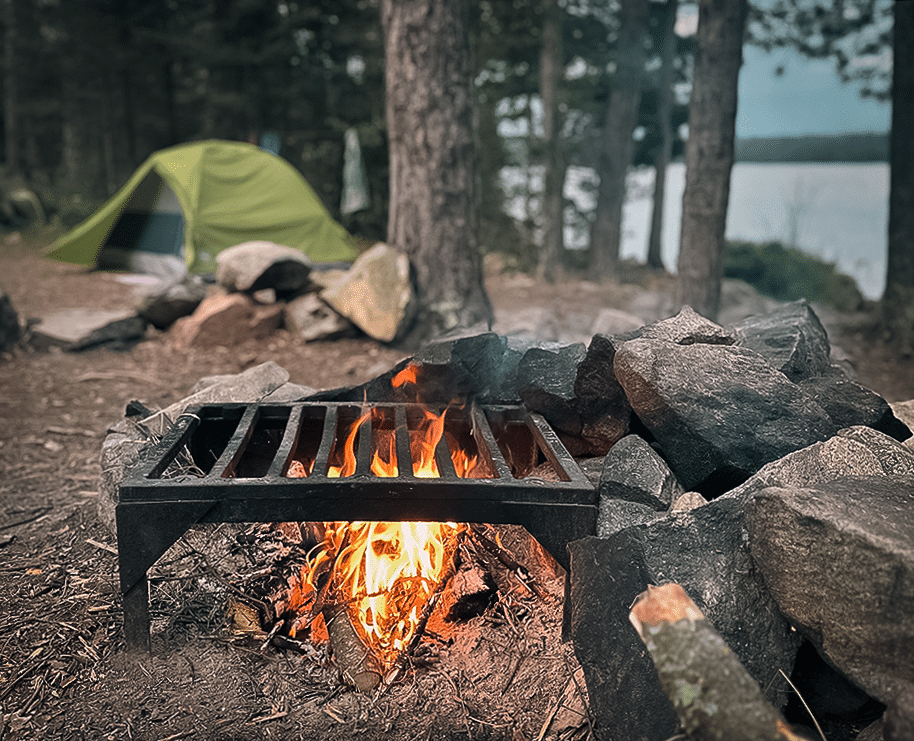
Mistake 1 – Not testing your gear
I once heard someone say that the lessons we remember are the lessons we learn the hard way. And the hard lesson we learned that day is to always test your gear before any backcountry trip.
Before I move on, I should tell you what I mean when I say backcountry, as it can vary slightly by parks and regions. In this story, I’m referring to any trip where you’re leaving a vehicle behind and traveling by path or paddle. This could be a backpacking or canoe trip. Essentially, any trip where you won’t be able to hop into a motorized vehicle and quickly drive to a store and replace what broke or is missing.
After learning that lesson the hard way, we test EVERYTHING before EVERY trip, be it a long weekend canoeing in the Superior National Forest or a Superior Hiking Trail thru hike. We inflate our sleeping pads to ensure they hold air, test the batteries in our weather radio, fire up our stoves, and of course, soak and run water through our filters.
By the following morning of that trip, the filter was moving water, although much too slowly. We did our best on that trip to make sure that every vessel we had was always filled with clean water. That was the last trip we used that filter, and we have moved on to a much more reliable brand for the territory where we travel. Which brings me to the first bonus tip.
Bonus Tip – Consider your backup plan
There’s a saying in the outdoor and survival world–“two is one and one is none.” This is especially true for clean water. In the story I shared, we had our frustratingly faulty water filter. We also had water purification tablets, which I stock in every one of our repair and first aid kits. I even put them in our PFD ditch kits. The third way we had to clean water was by boiling it. During the long fire bans of 2021, I added a backup water filter. At only a few ounces, we carry this additional filter with us on all of our canoe trips these days and keep it in a dry bag with the other things we might need throughout the day. That purchase was thirty dollars well spent to ensure we have clean water.
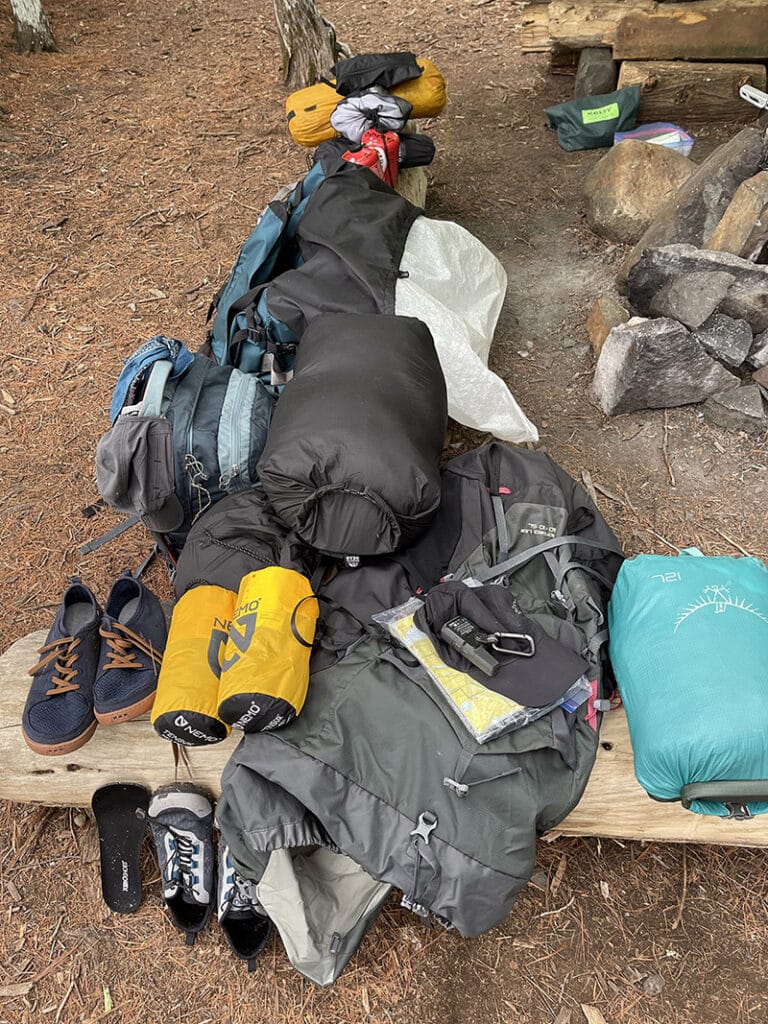
Mistake 2 – Not practicing smart packing
“Where are the fire starters?” Jer asked on the first night of a long weekend trip to Rose Lake in the BWCAW. “They should be in there. Are they not?” I asked. “I didn’t see them,” he responded. “Did you check the cook kit?” I then asked. “Yup.” He said. “They’re not there either.”
Then the error I had made dawned on me. I have extensive packing and planning lists in my note application. When planning trips, I would pull up the packing list from the most recent trip, duplicate it, and update it for the upcoming trip. The issue with this trip, though, was that the list I duplicated was from a trip during a fire ban. So, no fire starters.
It had poured buckets of rain all afternoon and everything was drenched. Starting a fire without a fire starter was proving to be difficult. Luckily, like the water purification tablets, I also keep emergency fire starters in our repair, first aid, and ditch kits. So, we had a fire starter to get the fire going that evening. But we had to be much more intentional about ensuring we had dry kindling the rest of the weekend.
After that experience, I created a thorough master packing list that I update annually. Rather than duplicating the list from our last trip, I always work off this extensive list that can accommodate any trip. I’ve even gone as far as to create one for backpacking, one for canoe camping, and one for luxurious truck camping.
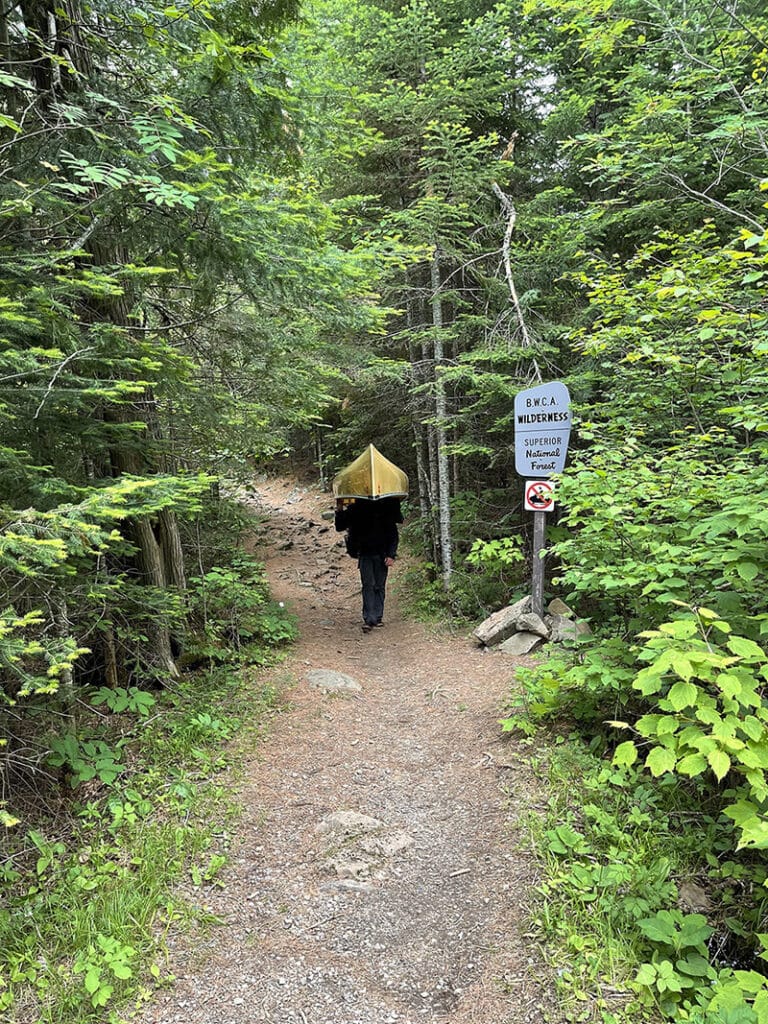
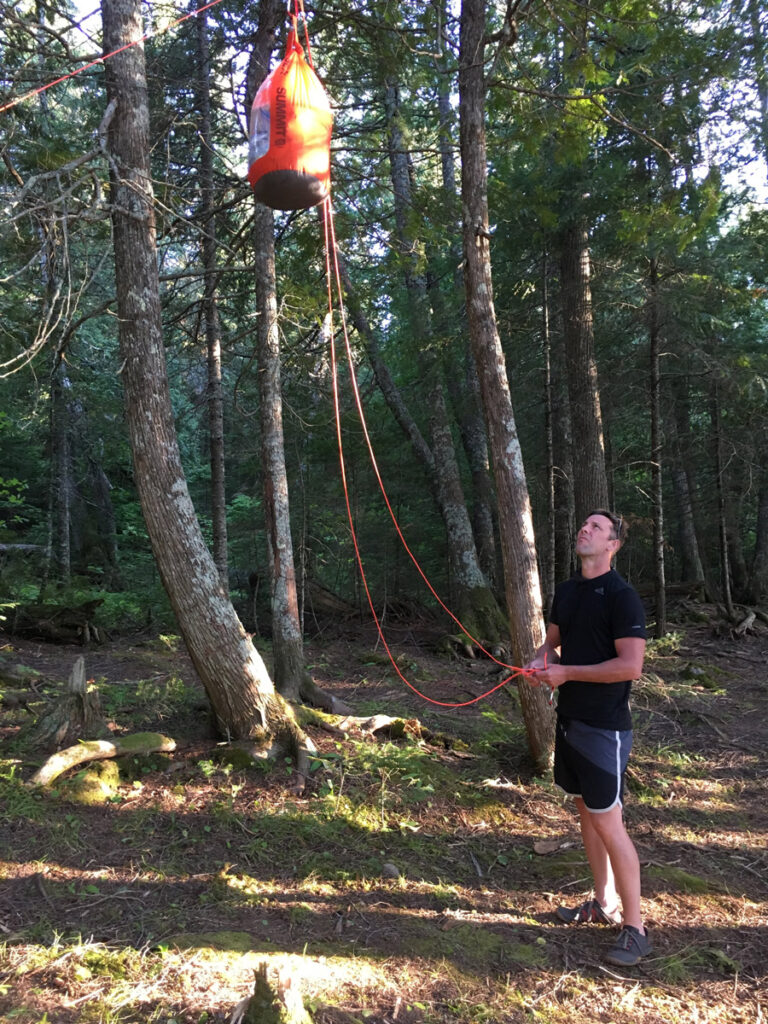
Another consideration when packing smarter is to avoid overpacking and underpacking. Depending on how you’re wired and like to travel, you likely struggle with one of these. I tend to underpack. I adamantly refuse to carry that extra protein bar over a portage. My husband, on the other hand, is famous for saying, “What is it? Another three ounces?” To which I say, “On top of the last three ounces and the three before that.” In the end, we balance each other out. That said, we will probably never have the exact perfect amount of food or gear. The important thing here is to make sure you have everything you need for a safe and enjoyable trip while keeping in mind that you probably don’t need a new outfit for every day of the trip. And while we’re on the topic of packing and lists, here’s another bonus tip.
Bonus Tip – Treat your list like Santa treats his
When you’re making your list, check it twice… Check twice while you’re packing, while you’re unloading the vehicle and hitting the water or trail, and when you’re packing up to leave camp. Another lesson learned the hard way. But that’s a story for another day.
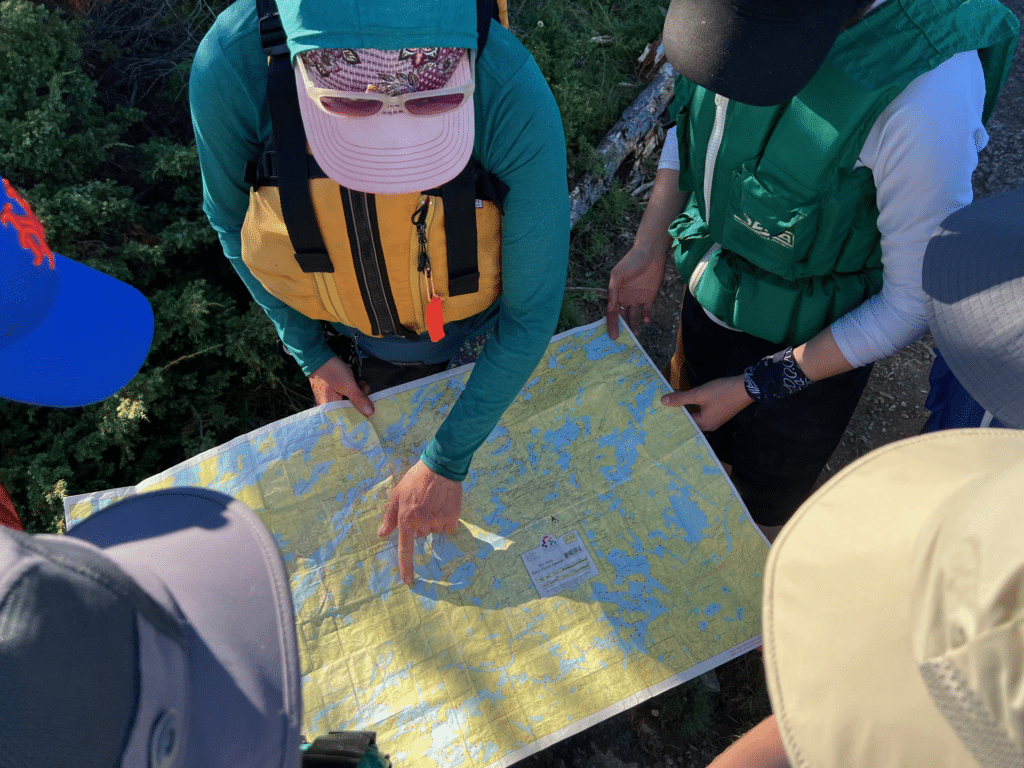
Mistake 3 – Not being prepared for bad weather
“I went to the Boundary Waters once,” the elderly gentleman we’d just met told us. “It rained the whole dang time, and I never went back.” Jer and I laughed, and I proceeded to tell him about the time my tent and sleeping pad turned into a waterbed.
If you head into the backcountry for long enough and often enough, eventually you’re going to encounter weather that will make you question your life choices. If you’re new to this type of thing, please don’t let this warning deter you. I could fill a book with horror stories. But I keep going back, and I laugh about most of these stories now. I, and every one of my outdoorsy friends, have learned these lessons the hard way over and over again. Just pack the rain pants, Rachel!
Here are some things to seriously consider when preparing for your next backcountry trip. While far from perfect in terms of keeping me dry, I have used my rain gear on nearly every backcountry trip. You don’t have to spend a lot of money here, but don’t leave home without it. It could save your life.
Speaking of lifesaving gear, if there’s the slightest chance you won’t have a signal or can’t keep your device batteries charged, invest in a good weather radio with alerts. You don’t have to spend a lot of money to get a decent, lightweight model. And once you have it, you won’t want to head into the backcountry without it. They work great at home, too!
Like my rain gear, it’s a rare trip that I don’t pack warm layers. It can get chilly at night in the BWCAW and the surrounding area. I’ve even been snowed on in September. We always have some combination of lightweight, quick-drying layers. And like that extra protein bar and rain gear, they always get used.
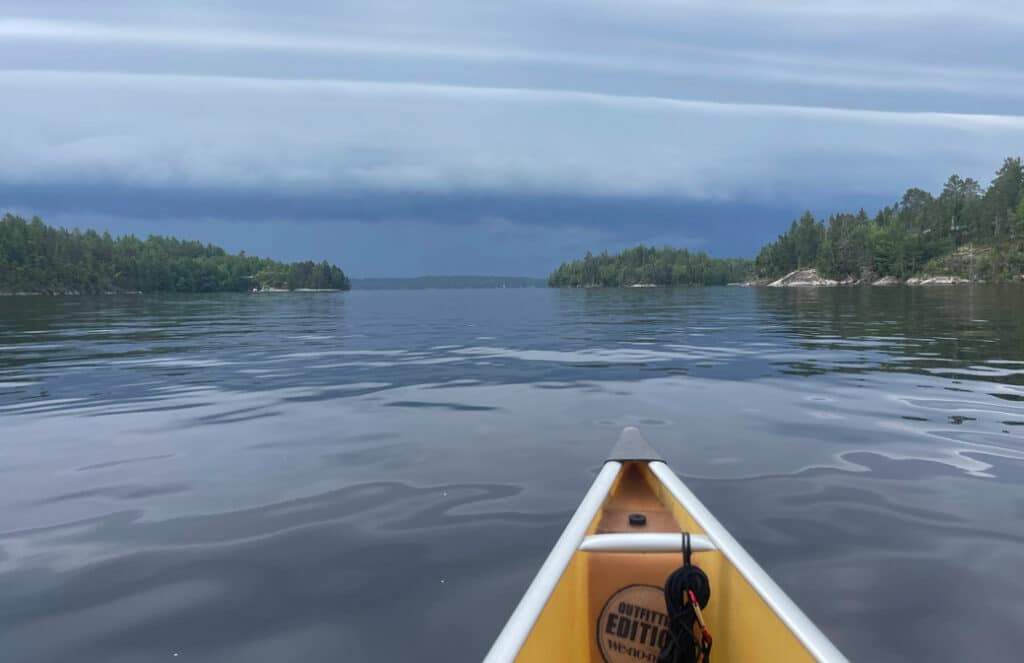
Final Bonus Tip – Be curious and open to learning
I’ve lost track of how many nights I’ve spent in the backcountry at this point. And I hope you’re not surprised to hear that I still make mistakes. We’re enthusiasts, not experts.
There’s something new we get to learn on each and every trip. Rather than giving up when the inevitable mistake happens, be curious and open to learning how you could do it differently next time. This attitude will ensure you enjoy a lifetime of backcountry adventures with endless great stories to tell.


